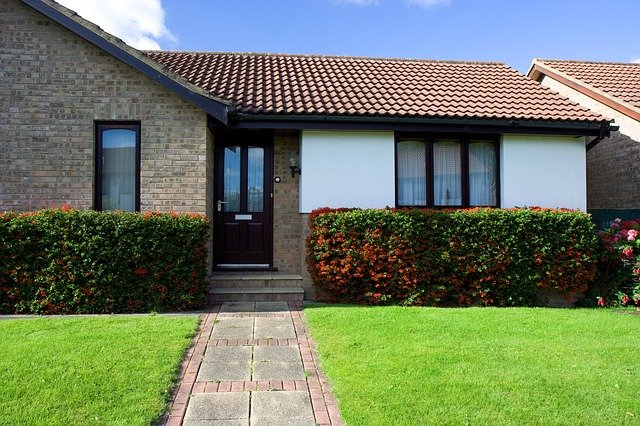
Have you been thinking about investing in an access control system for your home? There are lots of reasons why a home access control system could be right for you! Adding an access control system to your home is an excellent way to improve security and monitor people's visits. Nowadays, you never can be too careful when it comes to home security, so if you want to learn more about the benefits of home door entry systems - just keep reading.
Better protection
When you have a lot of valuable possessions in your home, installing a home access control system can really give you peace of mind. Standard home doors are easily compromised, meaning you constantly feel on edge when you know the property is vacant. Installing a state-of-the-art home access control system will provide you with an extra layer of protection and put your mind at rest.
Access multiple doors
For those of you with larger homes or numerous different entry points, you might find it a nuisance to carry a huge set of keys around! There's one for the front door, a different one for the back door, another to get into the porch... eventually you start to feel like a school janitor with millions of keys and no idea which one works in which door!
If you're fed up with carrying a huge bunch of keys around with you, you could streamline the whole system by installing a convenient home door entry system. Whether you choose a key fob, a key card or a more advanced biometric system, you can have complete access to every door in the house with a single fob, card or fingerprint.
Better still, these technologically advanced home access control systems are very difficult to replicate, making it unlikely that someone could access your home - even if your fob or card got lost. This is just another way that access control systems for homes can be beneficial.
Speak to visitors without opening the door
Whether you're running a business from your living room, or you've got overly-enthusiastic neighbours, an intercom can be a valuable home access control system. Rather than standing up and rushing downstairs every time the doorbell rings, you'll be able to see and speak to your visitors with the click of a button. You can even grant them access to your home without fumbling for your keys. This is great if you're constantly having parcels delivered, or clients visiting your home on a regular basis.
Speaking to visitors remotely through a home door entry system is also hugely beneficial for the elderly, who may struggle to answer the door quickly. Better yet, they'll be able to see exactly who's on the doorstep without opening the door, this is especially beneficial during the COVID-19 pandemic but will also help prevent vulnerable people from falling victim to door-step scammers in the future.
Integration with other home security systems
Here at IDS Security Systems, we believe that your security system should fit your requirements exactly. If you're interested in our access control systems for homes, why not take a look at some of our other home security systems to provide you with additional layers of security.
There are very few criminals who will successfully break into your home if you've got an effective home door entry system alongside an intruder alarm and CCTV cameras. That's why we believe in being completely flexible when it comes to fitting a home security system that works for you.
Other home security services we provide include, fire alarm installation and round-the-clock call out and monitoring contract. Working together to establish your requirements, we'll be able to make your home safe and secure so you can rest easy!
Home Security Systems >
For more information on our home access control systems, or to book an appointment with our technicians, contact IDS Security Systems Ltd today!